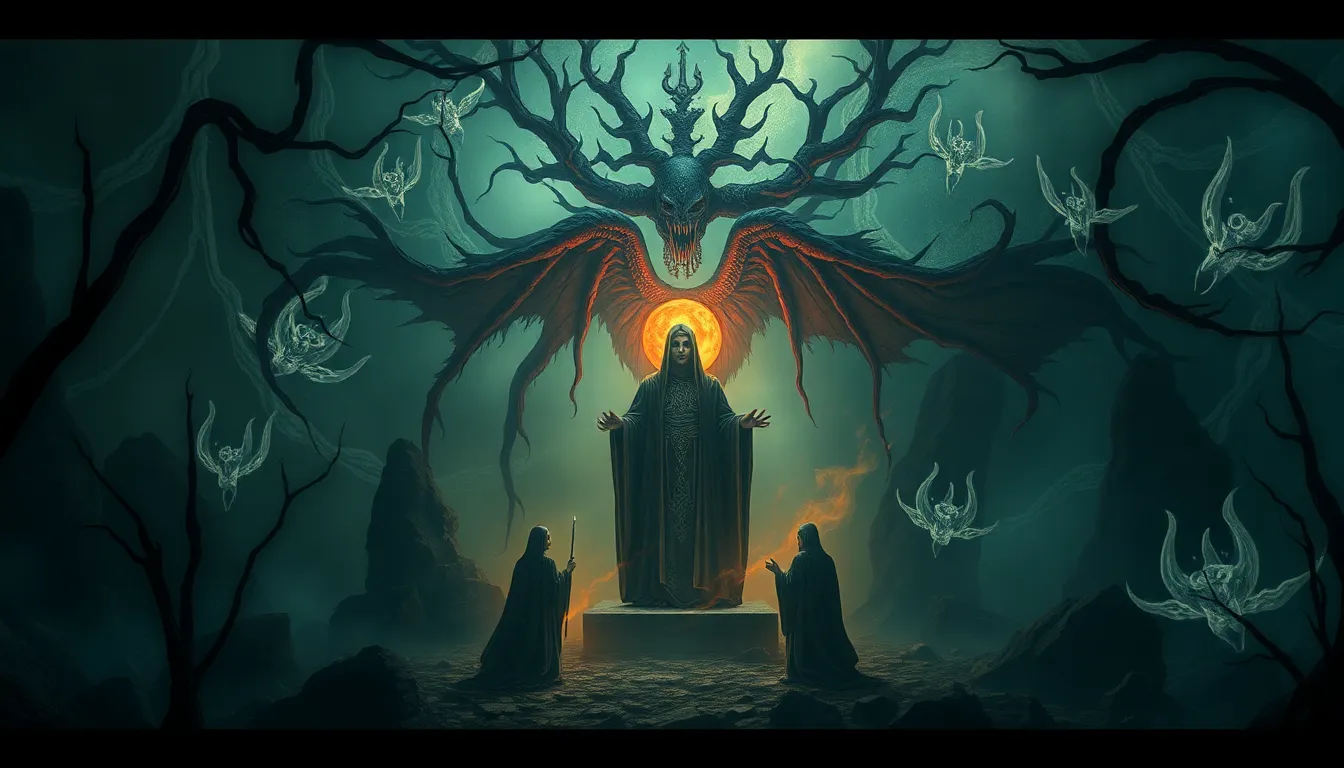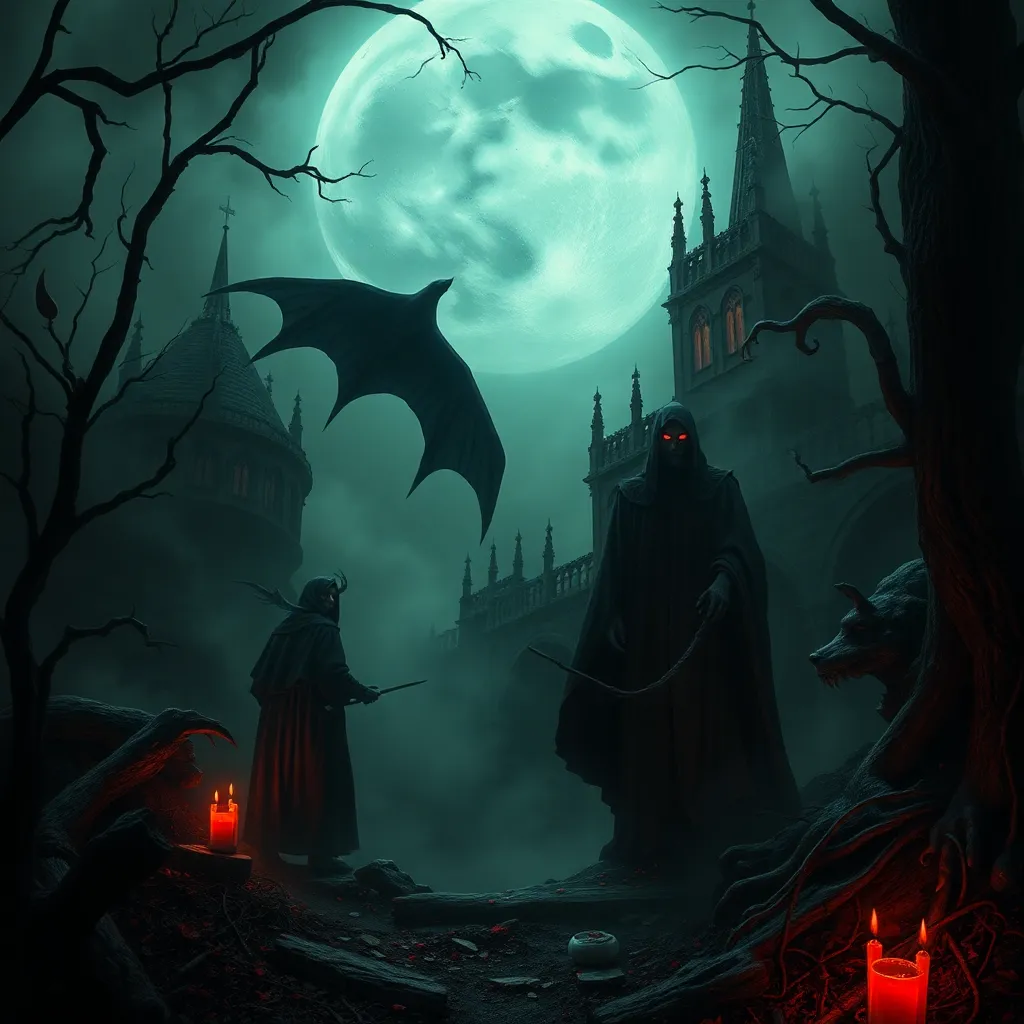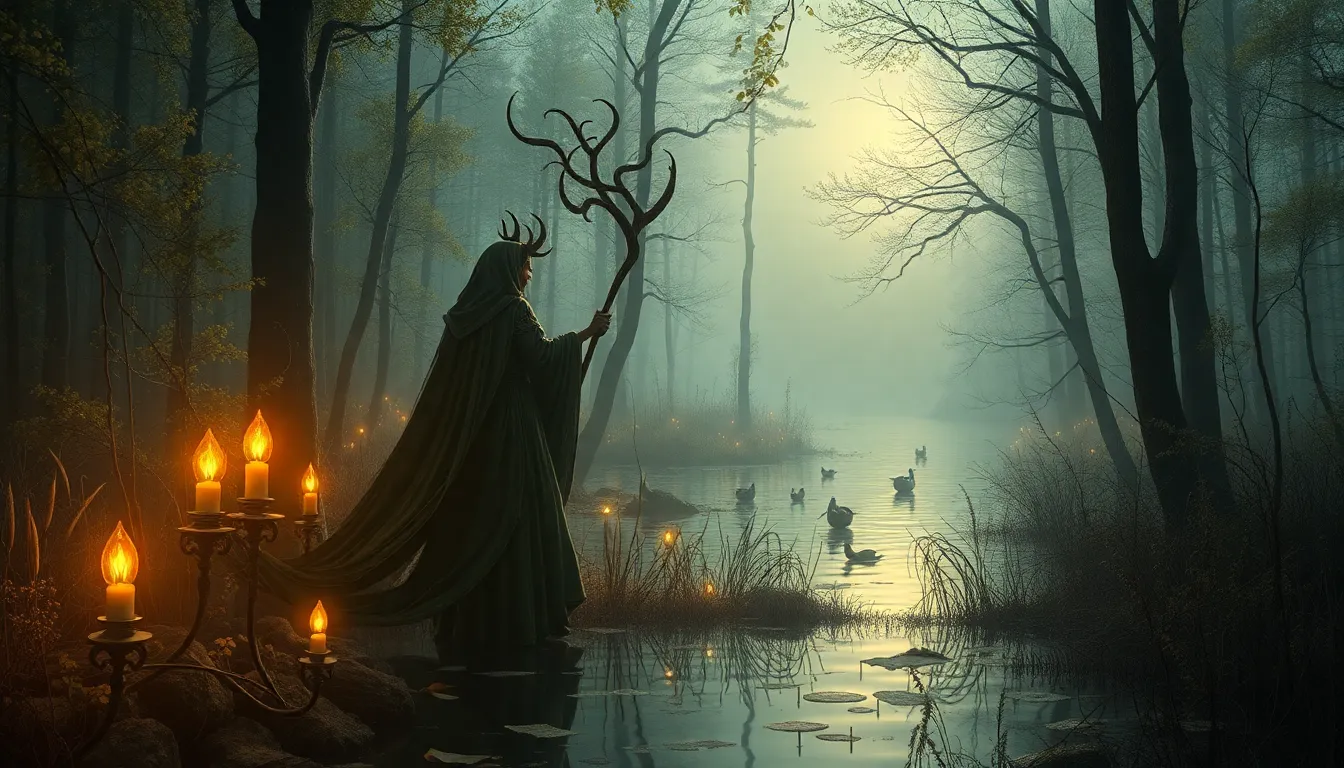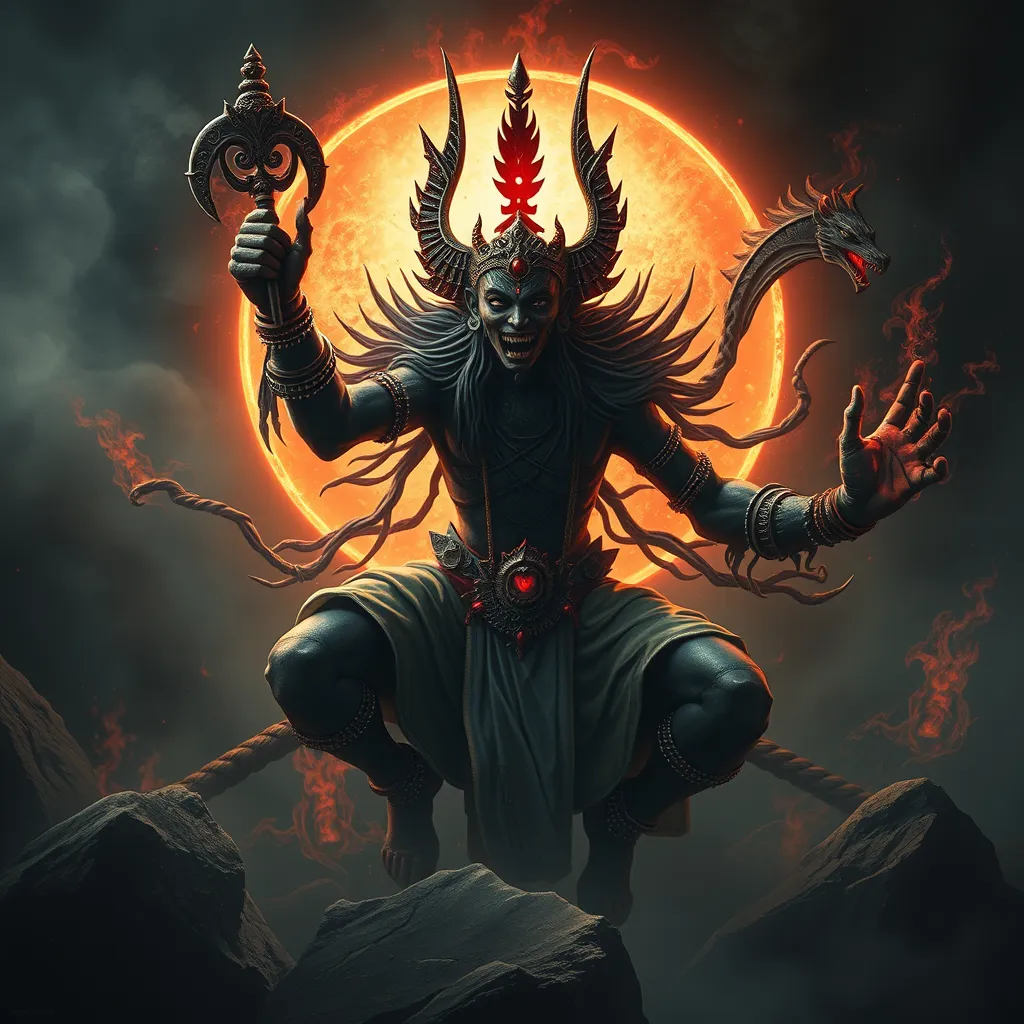The Underworld’s Rituals: Examining the Practices and Beliefs Surrounding Death in Different Cultures
I. Introduction
The concept of the Underworld varies significantly across different cultures, representing a realm where souls go after death. Often depicted as a shadowy or mystical place, the Underworld is central to many belief systems, shaping the way societies understand life, death, and what lies beyond.
Rituals surrounding death are crucial in providing structure and meaning to the grieving process. They help the living cope with loss, honor the deceased, and facilitate a connection between the realms of the living and the dead. This article will explore the rituals and beliefs surrounding death in various cultures, tracing the historical context, the significance of community, and the impact of modern influences.
The structure of this article includes an exploration of historical death practices, beliefs about the afterlife, variations in death rituals, symbolism in these rituals, the role of community, and modern influences on these traditions.
II. Historical Context of Death Rituals
The evolution of death practices can be traced back to ancient civilizations, reflecting societal values and beliefs about the afterlife. Over time, these practices have adapted to changing social norms, technological advancements, and religious influences.
Socio-political factors have played a significant role in shaping funeral customs. For example:
- The ancient Egyptians believed in a highly structured afterlife, leading to elaborate burial practices such as mummification and the construction of grand tombs.
- In ancient Greece, the belief in Hades as the Underworld influenced customs like the inclusion of coins for Charon, the ferryman of the dead.
These case studies highlight how historical context and cultural beliefs intertwine to create unique death rituals.
III. Beliefs About the Afterlife
Common themes in afterlife beliefs across cultures often include the notions of judgment, rebirth, and eternal life. Major cultural perspectives on the afterlife can be categorized as follows:
- Reincarnation: Many Eastern religions, such as Hinduism and Buddhism, believe in the cycle of birth, death, and rebirth.
- Heaven and Hell: In Abrahamic religions, the afterlife is often viewed as a place of reward or punishment based on earthly actions.
Mythology plays a critical role in shaping these beliefs, with tales of gods and heroes often serving as allegories for human experiences with death and the afterlife. For instance, the Greek myth of Orpheus and Eurydice illustrates the deep longing for lost loved ones and the struggle against death.
IV. Variations in Death Rituals Across Cultures
Death rituals vary widely across cultures, reflecting diverse beliefs and practices:
A. Western funerary practices
In many Western cultures, funerary practices typically include:
- Burials: Conventional burial services often involve caskets and gravesites in cemeteries.
- Cremations: An increasingly popular alternative, cremation allows for the ashes of the deceased to be kept or scattered in meaningful places.
B. Eastern traditions
Eastern cultures may engage in practices such as:
- Sky burials: In Tibetan Buddhism, the body is left exposed to nature to allow vultures to consume it, symbolizing the return to the elements.
- Ancestral worship: Cultures like the Chinese hold rituals to honor ancestors, believing that they continue to influence the living.
C. Indigenous and tribal customs
Indigenous peoples often have unique mourning practices, which might include:
- Mourning practices: Many tribes have specific rituals that can last days or weeks, allowing space for collective grief.
- Rites of passage: Rituals that mark the transition from life to death, emphasizing the spiritual journey of the deceased.
V. Symbolism in Death Rituals
Symbols associated with death and the afterlife are prevalent in rituals worldwide. Common symbols may include:
- Skulls: Often represent mortality and the impermanence of life, as seen in the Day of the Dead celebrations in Mexico.
- White flowers: Commonly symbolize purity and the cycle of life, often used in funerals across many cultures.
The interpretation of these symbols can vary significantly. For example, while white is a color of mourning in some Asian cultures, it represents purity in Western contexts. The psychological significance of these symbols lies in their ability to evoke emotions, foster remembrance, and provide comfort to the bereaved.
VI. The Role of Community in Death Rituals
Community plays a vital role in death rituals, offering collective mourning and support systems for the bereaved. The involvement of community members can manifest in various ways:
- Collective mourning: Funerals often bring together families and communities to share grief and support one another.
- Community involvement: Many cultures rely on communal participation in funeral practices, from preparing the body to organizing the ceremony.
These rituals strengthen communal identity and cohesion, reinforcing social bonds and shared beliefs about life and death.
VII. Modern Influences on Death Rituals
Globalization and technological advancements have significantly impacted death rituals. Some notable changes include:
- Globalization: Increased cultural exchange has led to the blending of traditional practices with modern influences, such as the incorporation of personalized elements in funerals.
- Technology: Digital memorials and online mourning platforms are emerging trends that allow for remembrance in new and accessible ways.
Contemporary rituals may also include eco-friendly burials and virtual memorial services, reflecting a shift towards sustainability and inclusivity in the grieving process.
VIII. Conclusion
This exploration of death rituals across different cultures reveals a rich tapestry of beliefs and practices that reflect our shared humanity. Key findings demonstrate how historical context, community involvement, and modern influences shape our understanding of death and the afterlife.
Understanding diverse death rituals is crucial for fostering empathy and respect for different cultural perspectives on mourning and remembrance. Ultimately, the universal nature of grief connects us all, highlighting the importance of honoring those we have lost, regardless of cultural differences.



